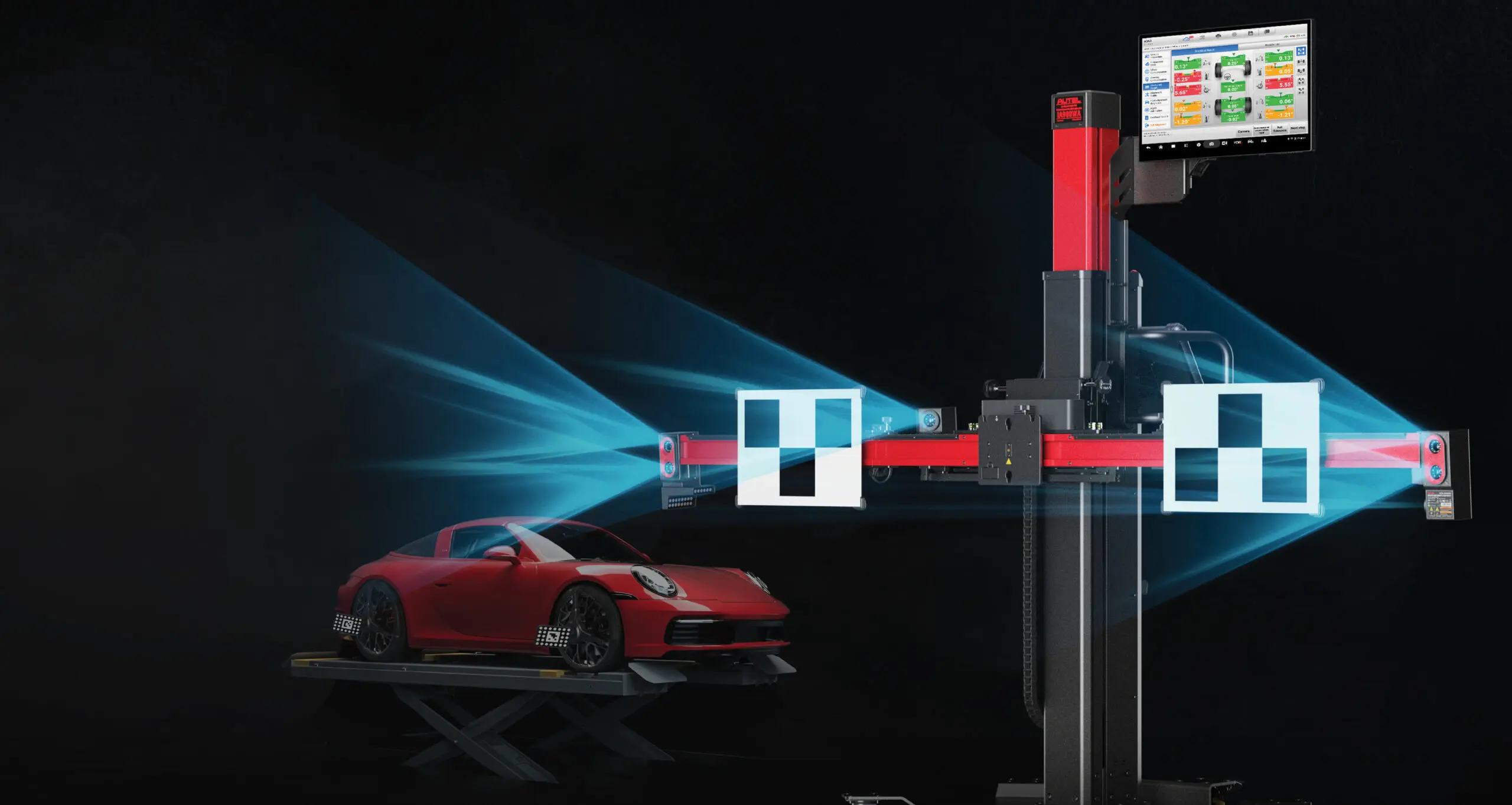The Role of Human-Centered Design in Creating Driver-Focused Car Interiors
Tags: Car, car interior, driver focused interior

Imagine a world in which car affiliates view cabin and human-machine interface systems as equally important to horsepower or acceleration. Car owners would eagerly anticipate any operating system updates with equal excitement as new model releases.
Human-centric design is a practice that encourages empathy, co-creation and iteration; this has helped some of the most renowned businesses reimagine themselves through this technique.
1. Ergonomics
Human-centric design’s most visible manifestation is ergonomics – the practice of creating workplaces, products, and systems designed specifically to suit people who use them. People might recognize ergonomics from chair controls or car instruments – however this concept applies across industries.
Physical ergonomics involves designing workplaces, tools and equipment in such a way as to mitigate hazards that cause muscle fatigue or musculoskeletal disorders (MSDs). Employee discomfort can quickly lead to lost productivity resulting in additional costs for worker compensation, replacement parts or increased business interruptions for businesses.
Ergonomic safety begins with risk evaluation and ends with the implementation of solutions to any identified problems. This process often requires close cooperation between workers and managers in order to make sure any proposed changes meet workers’ needs. Some common methodologies for ergonomic safety evaluation are work sampling and job analysis. Cognitive ergonomics also provides valuable insights, measuring factors like training and decision-making capabilities and providing ways for people to interact better with technology or systems that require cognitive performance.
2. Infotainment
Infotainment refers to advanced multimedia technologies now found in many vehicles. They offer drivers access to a wide variety of services through an ever-present central touch screen; drivers can text, book flights, check weather conditions or adjust cabin temperatures from one menu.
This new generation of infotainment systems is revolutionizing car experience much in the same way smart TVs and smartphones did for our entertainment habits. Car manufacturers are racing to add more functionalities in infotainment centers as a means of drawing customers and increasing brand loyalty.
One of the greatest challenges in user interface design lies in creating an interface that delivers an intuitive experience for its users. Icons on navigation systems should share a consistent color palette and shape to avoid user confusion, and important controls should be labeled clearly and distinguished from other functions by size or labeling. In the develop phase of human-centered design processes, human beings begin critiquing ideas gathered to determine which ones move on to prototyping stage based on criteria including desirability, feasibility and viability – Critiquing uses three criteria when judging ideas: desirability feasibility viability
3. Seating
Human-Centered Design (HCD) is an empathic, creative process that involves speaking directly to those you seek to serve, immersing yourself in their environment and observing how things operate. HCD allows designers to become passionate about problems rather than solutions – and expects them to often be wrong in their approaches.
BMW experts discovered that drivers were dealing with 35 indicator and 65 service elements from their seats, so they decided to move these controls into the cockpit for optimal driving experience. Through the iconic iDrive Controller, they simplified interiors while making clear that BMW cars are designed specifically to enhance driving experiences.
Are you intrigued by human-centric design? Join our four-week course Prototyping Like a Designer and expand your design thinking capabilities – it’s free! Don’t wait; enroll today.
4. Visualization
People want products that are intuitive and user-friendly, which means understanding customer needs through human-centered design (HCD). One approach for doing this could be applying human-centered design (HCD).
HCD is an approach to problem-solving that encourages designers to practice empathy and identify the cause of a problem before seeking solutions. HCD also encourages rapid prototyping techniques which enable designers to quickly test and evaluate concepts.
Apple is a powerhouse because they exemplify these principles. Their focus on meeting the needs of their target audience has yielded numerous helpful products; but what truly sets them apart from competitors is their innovative problem-solving tactics; doing this through engaging users directly while applying human-centric design techniques.








